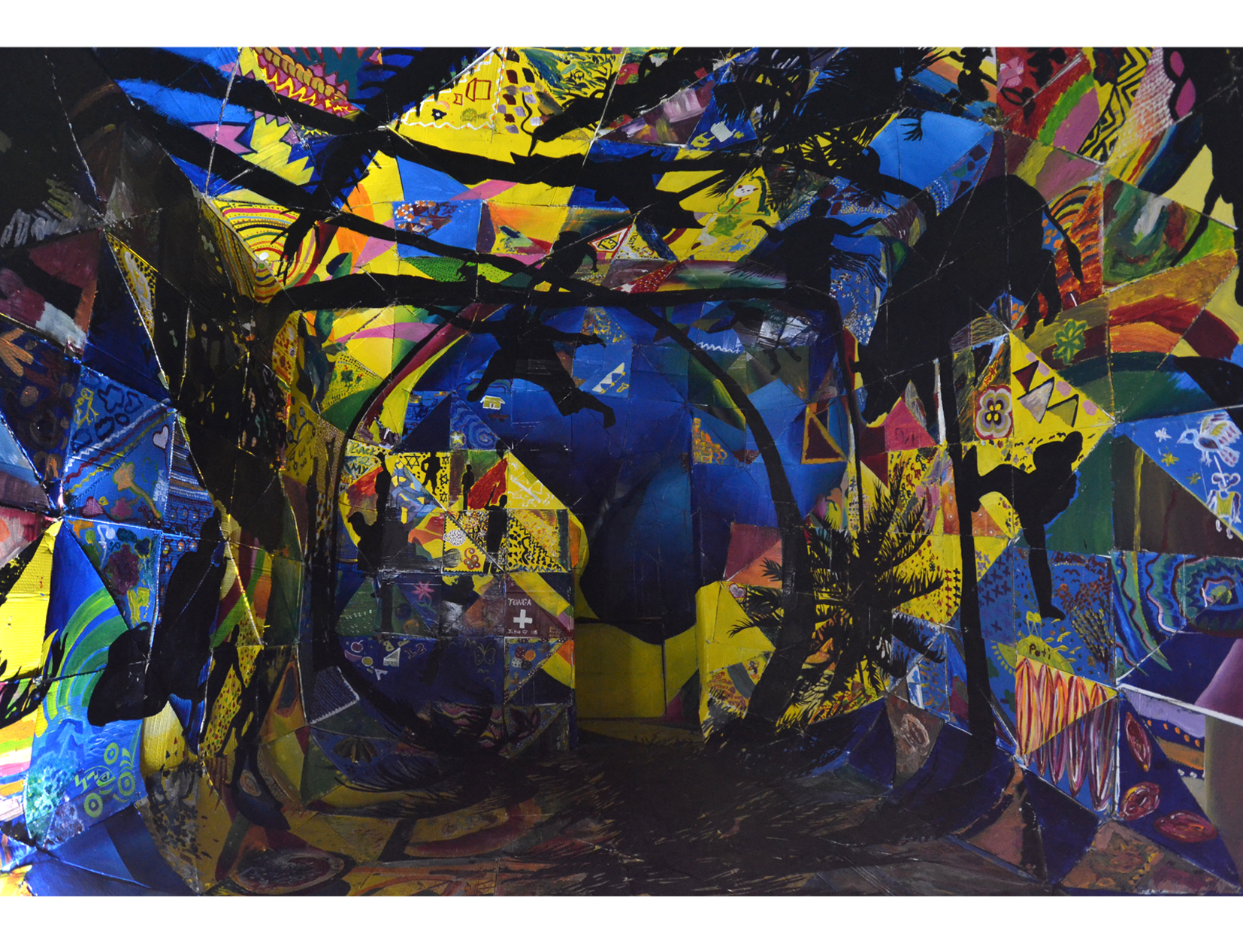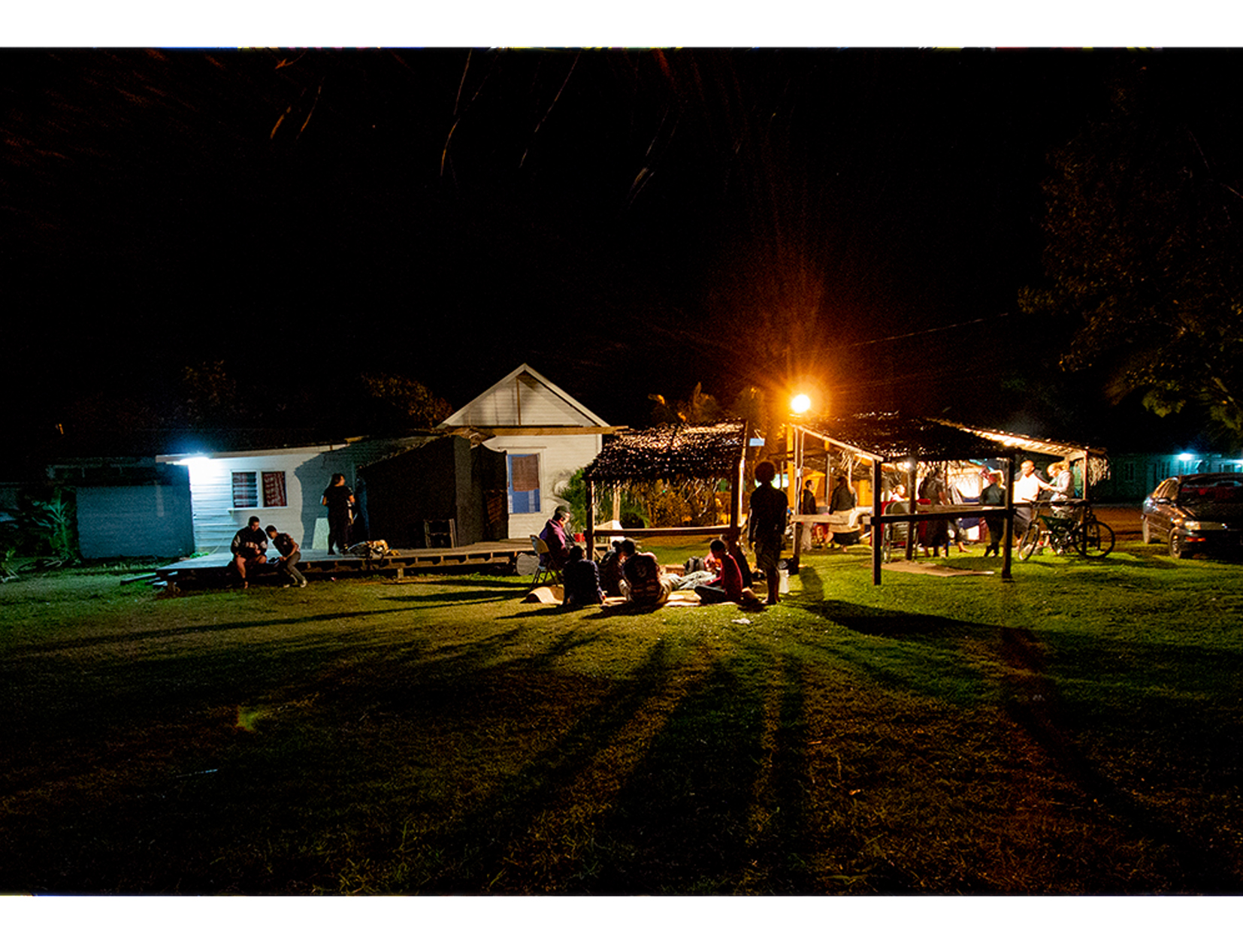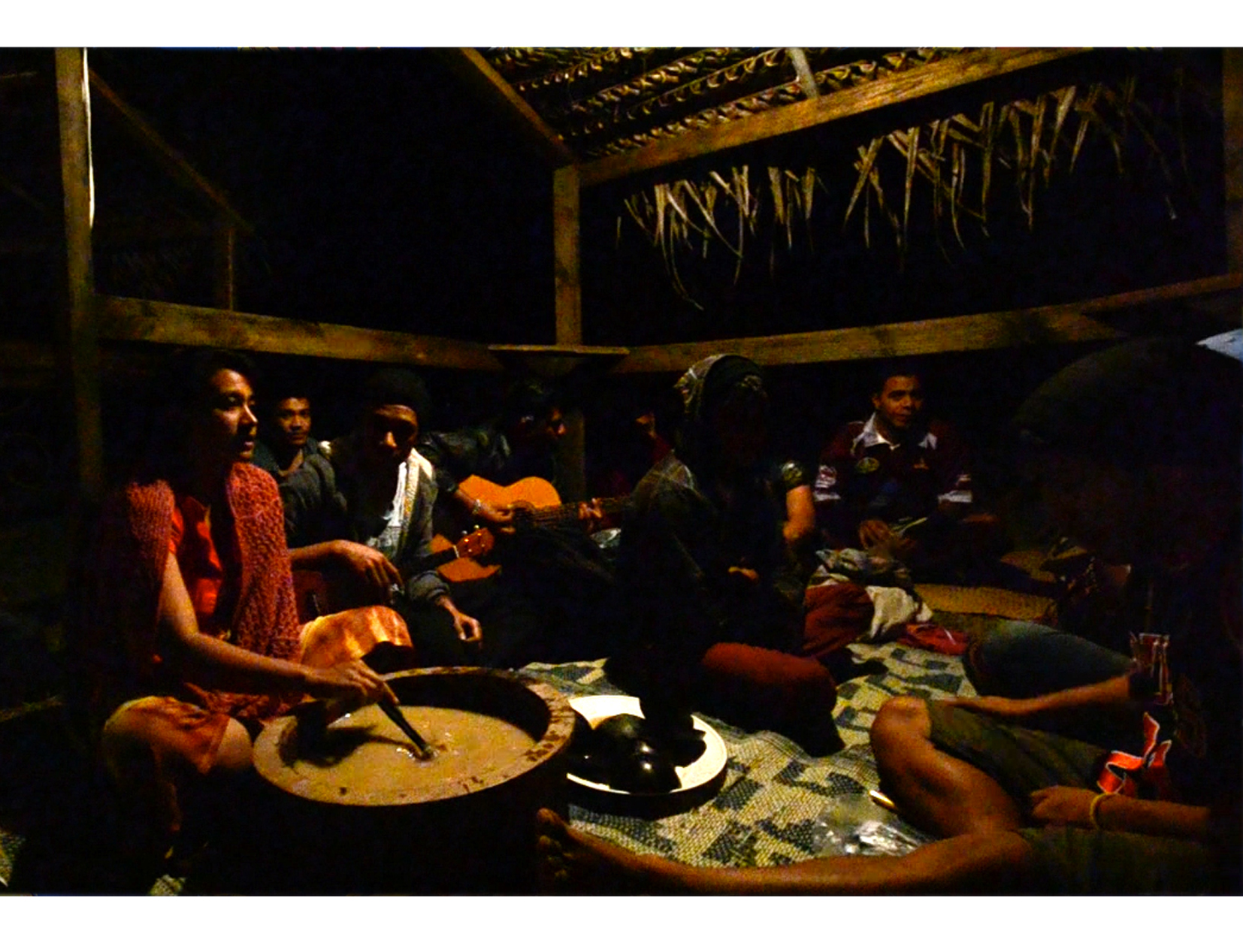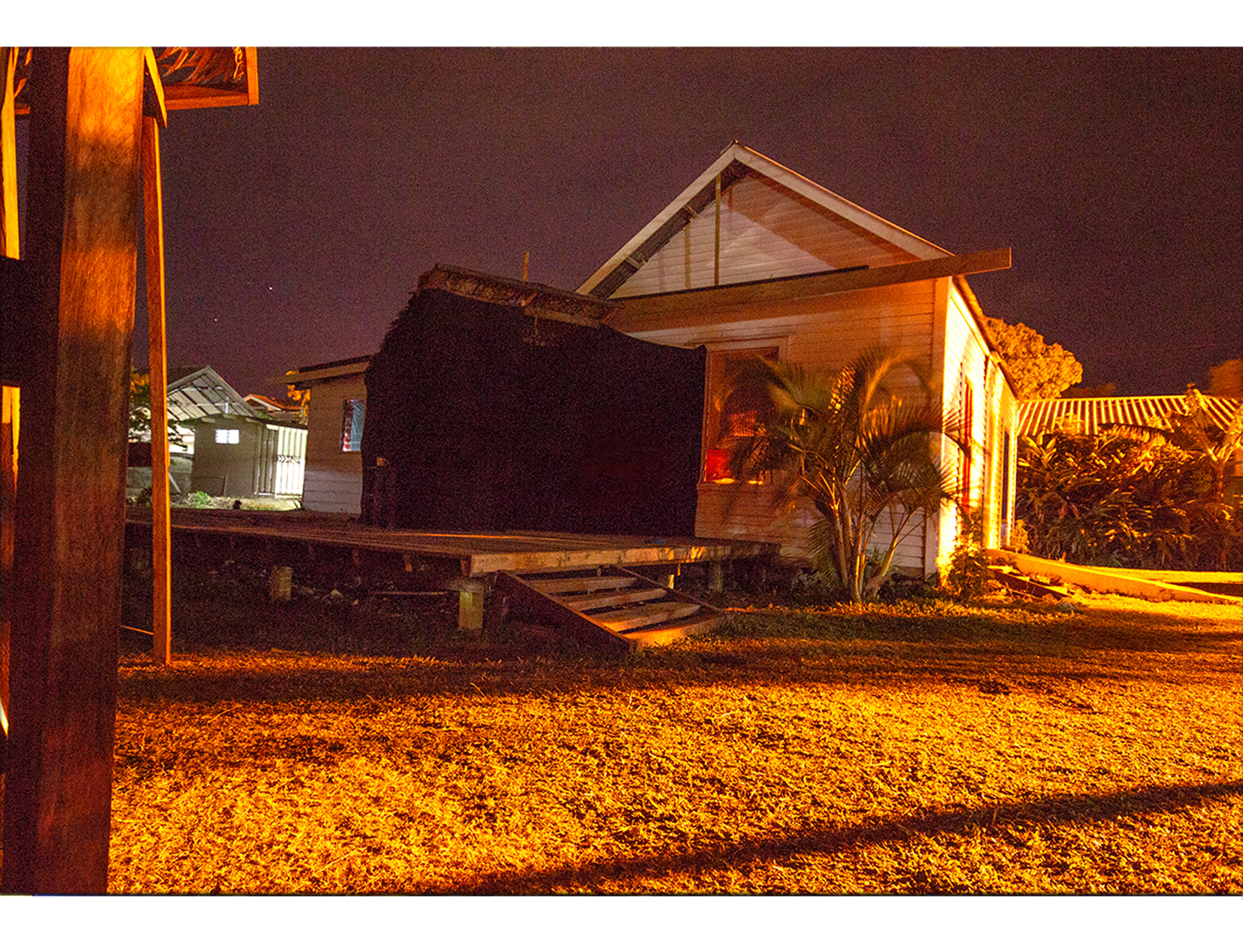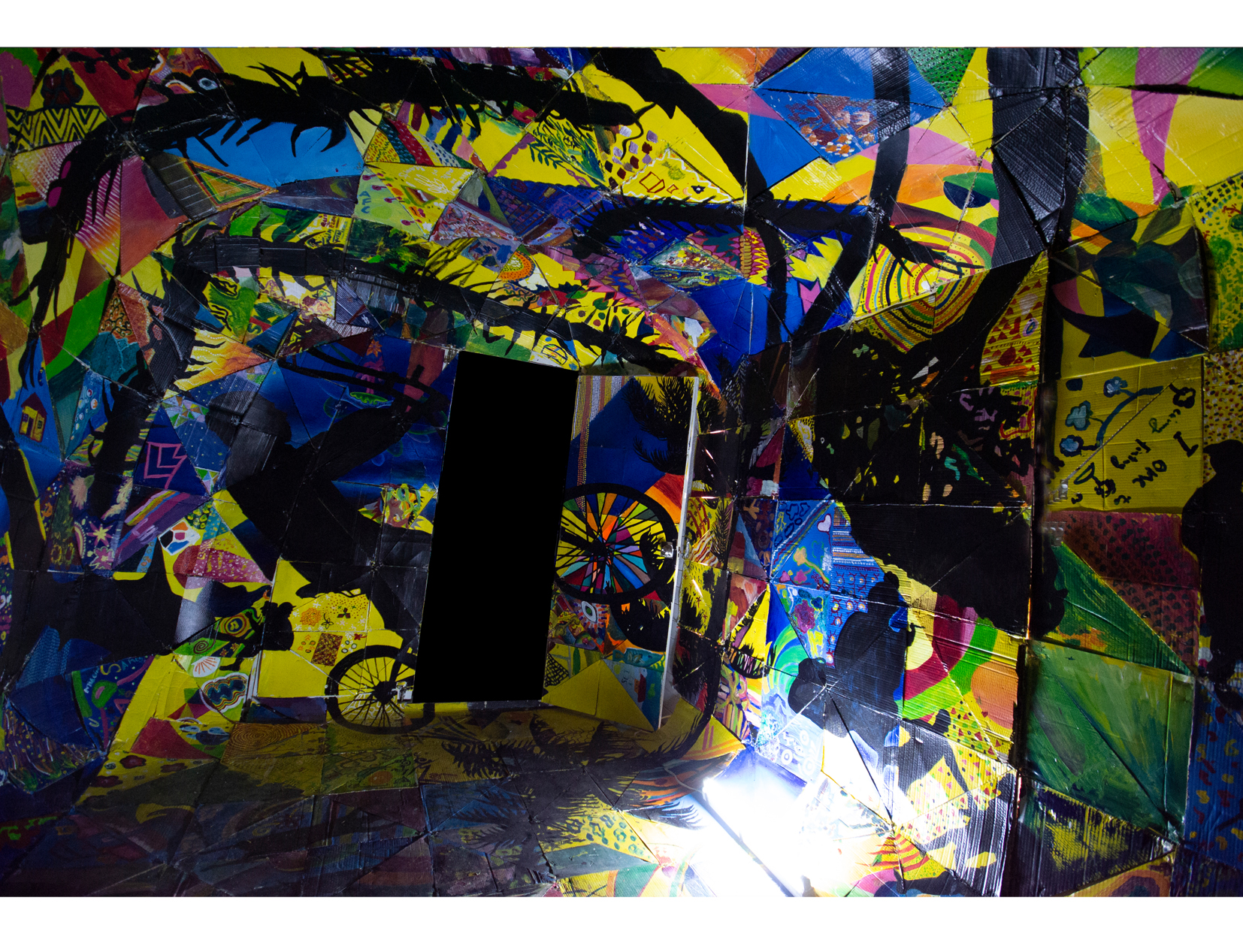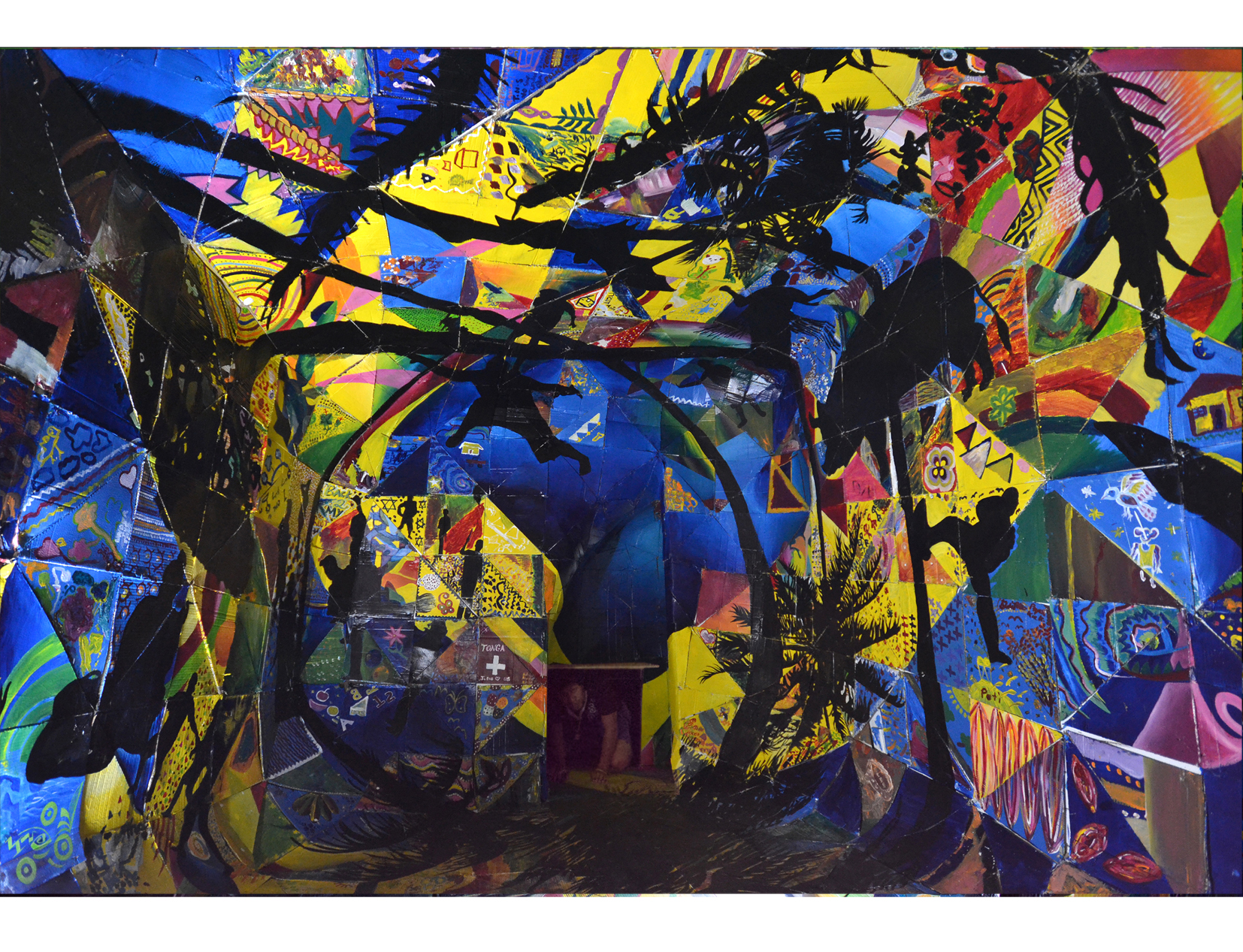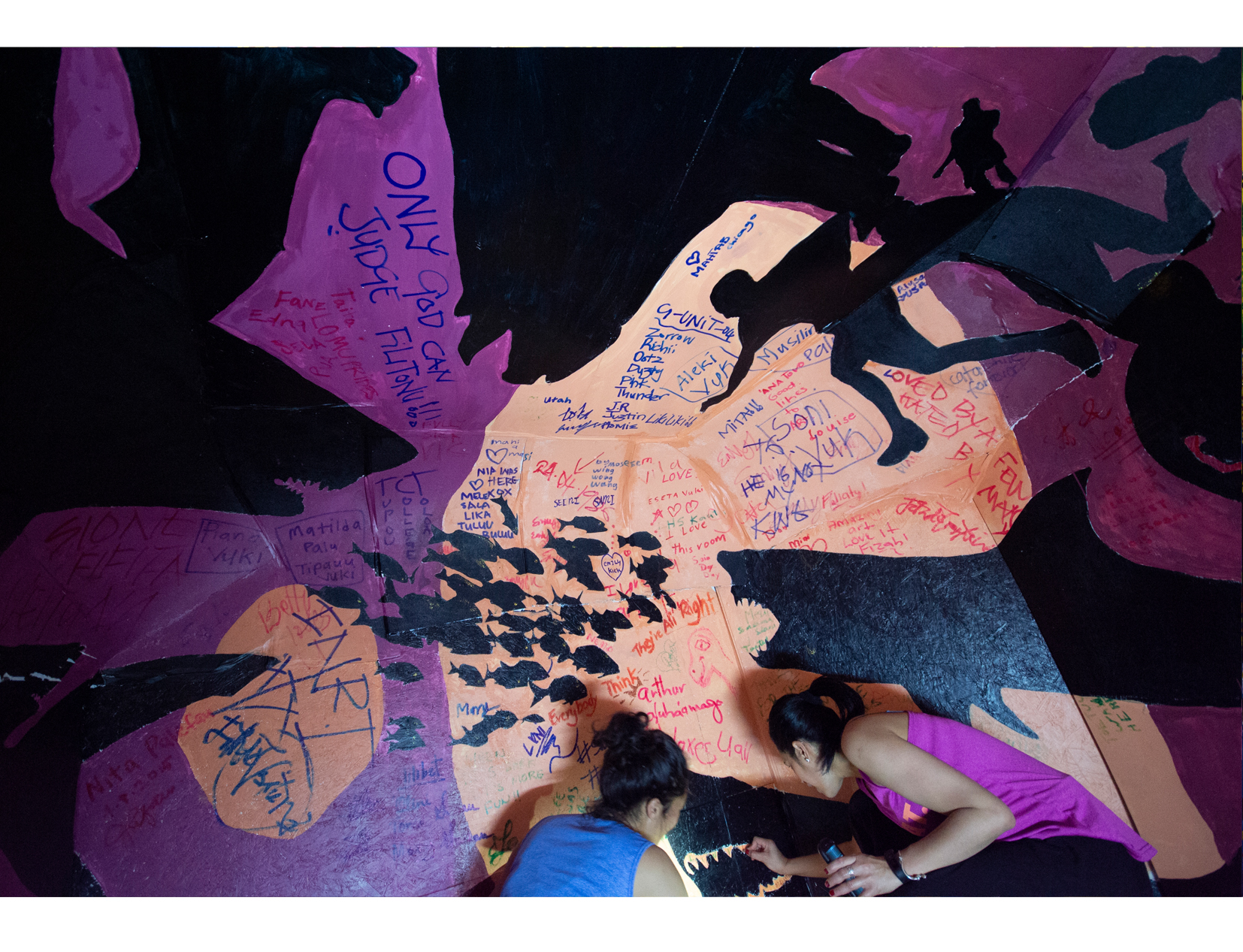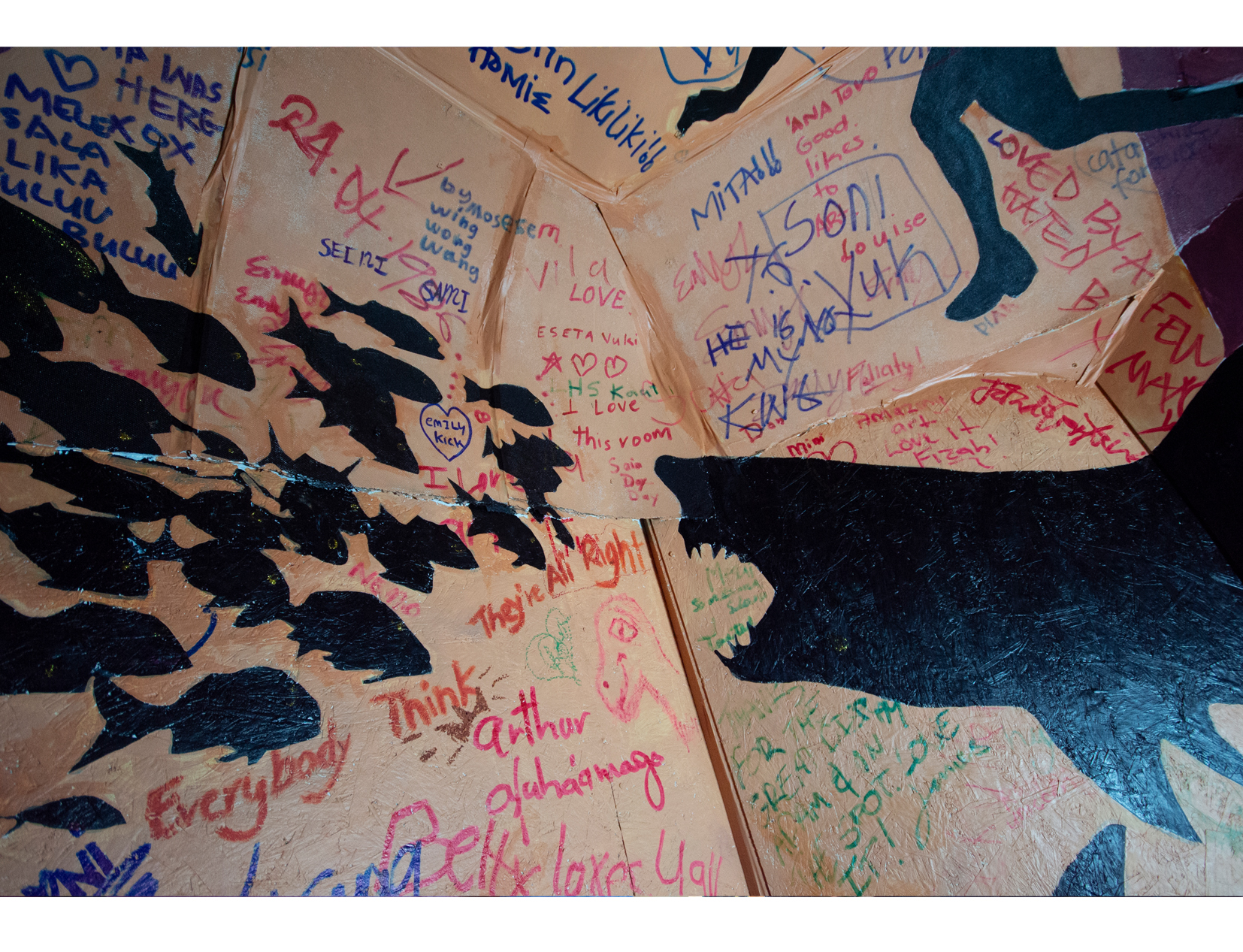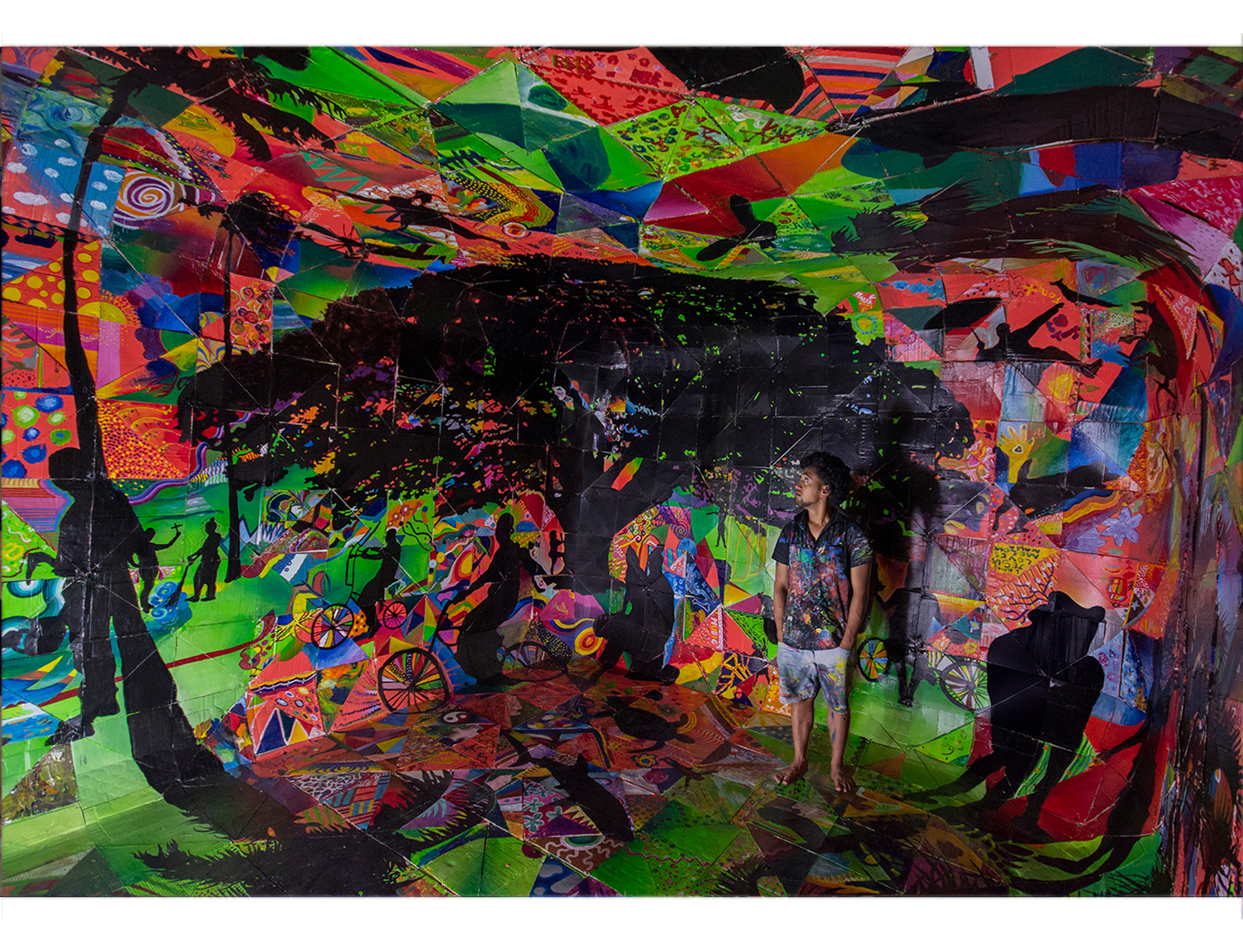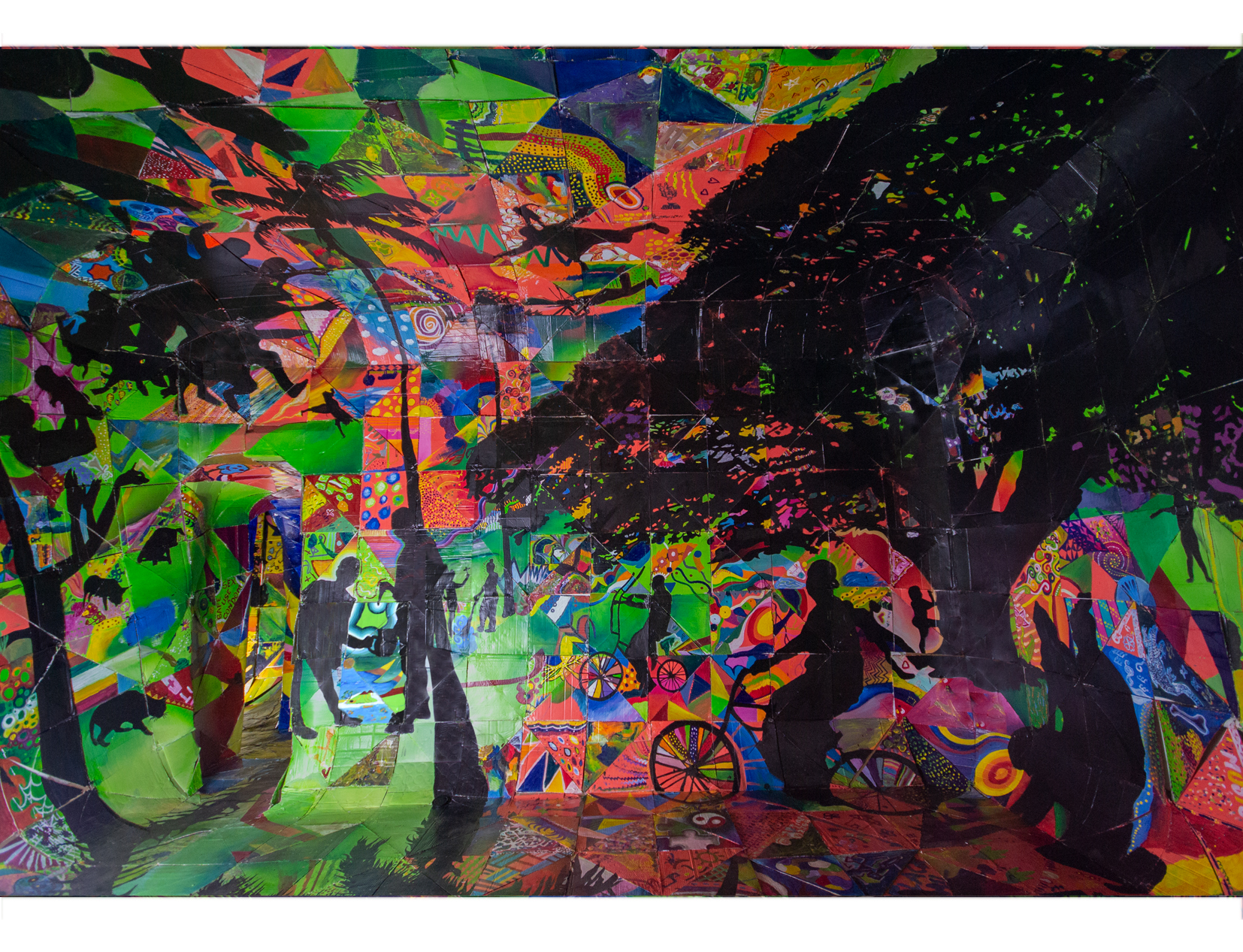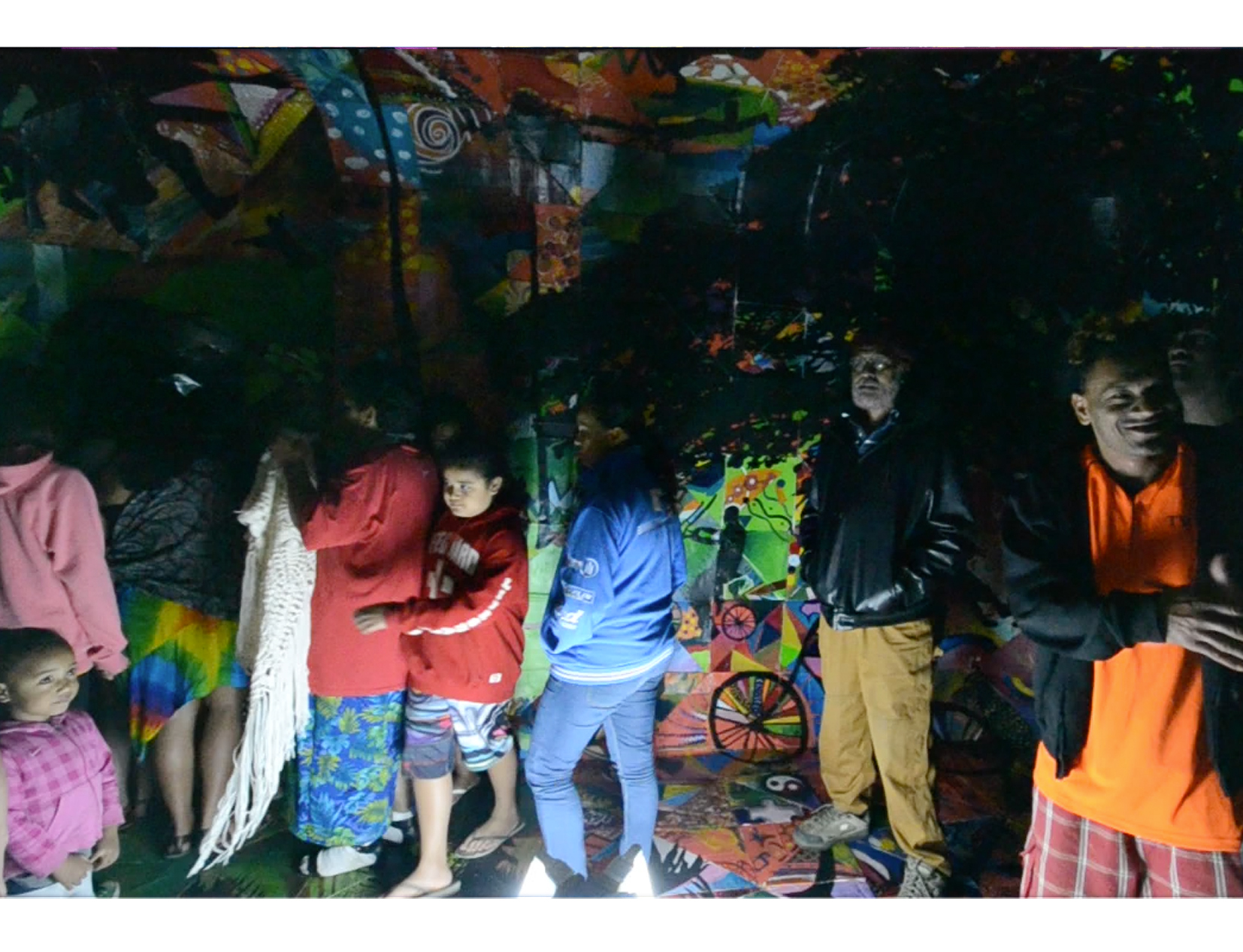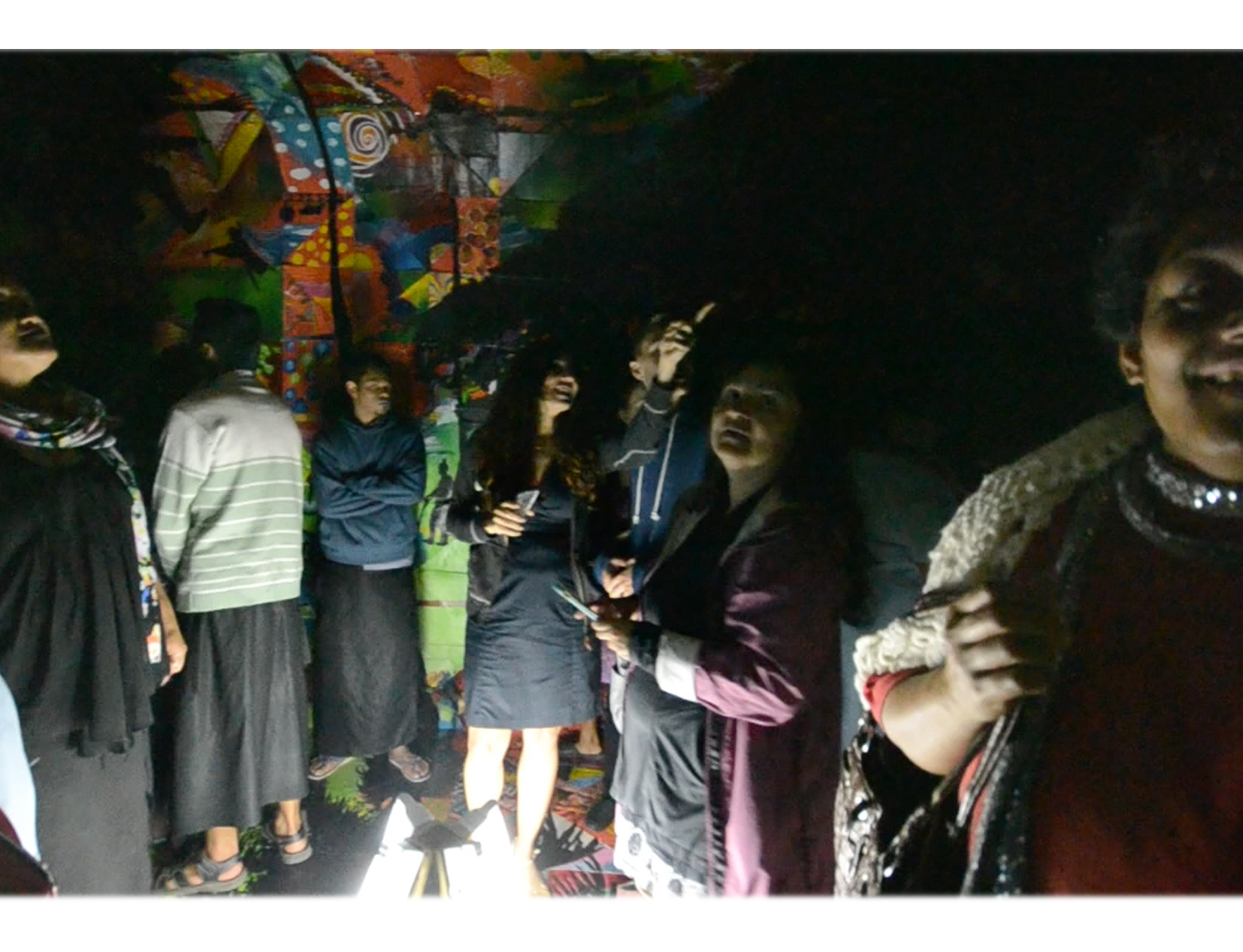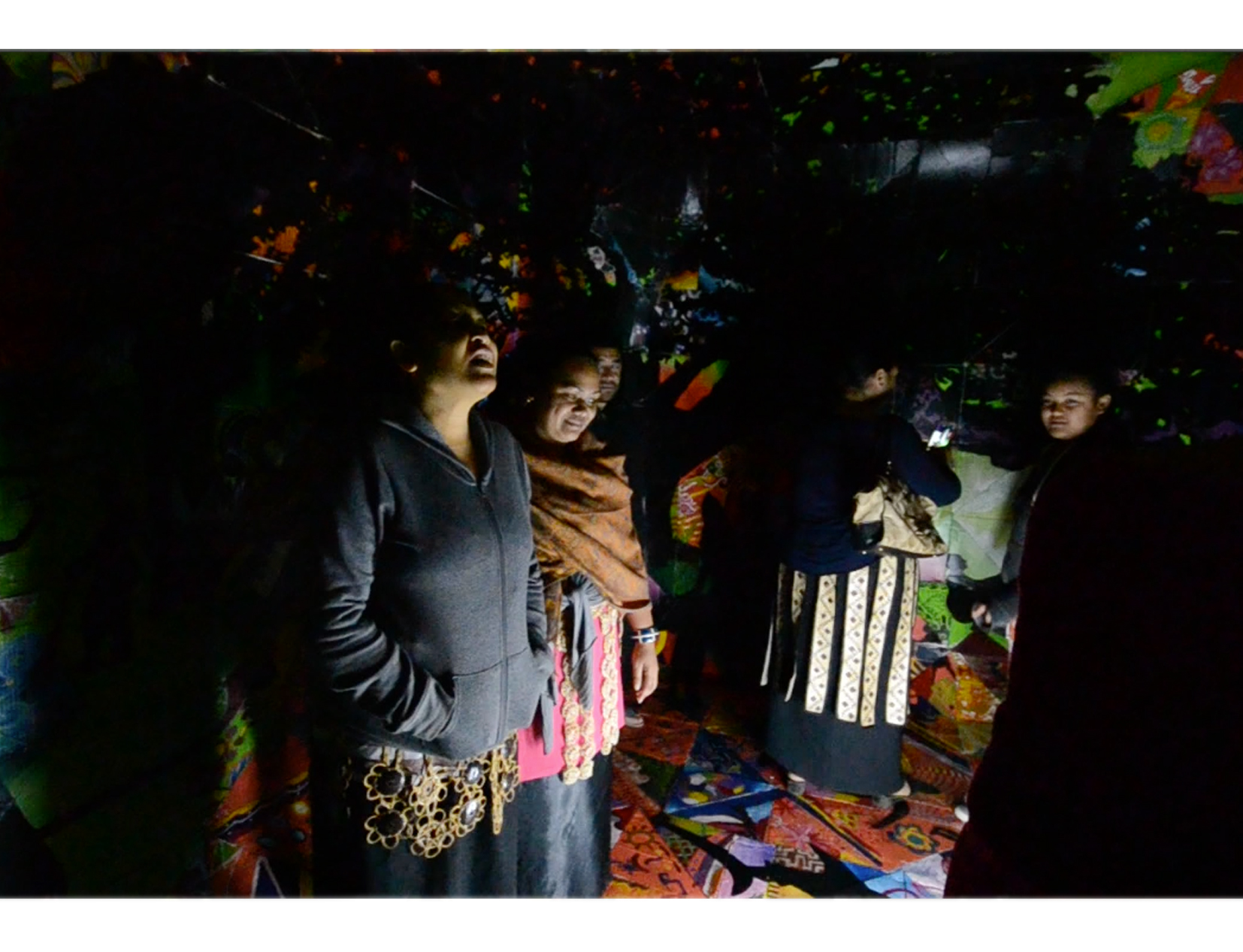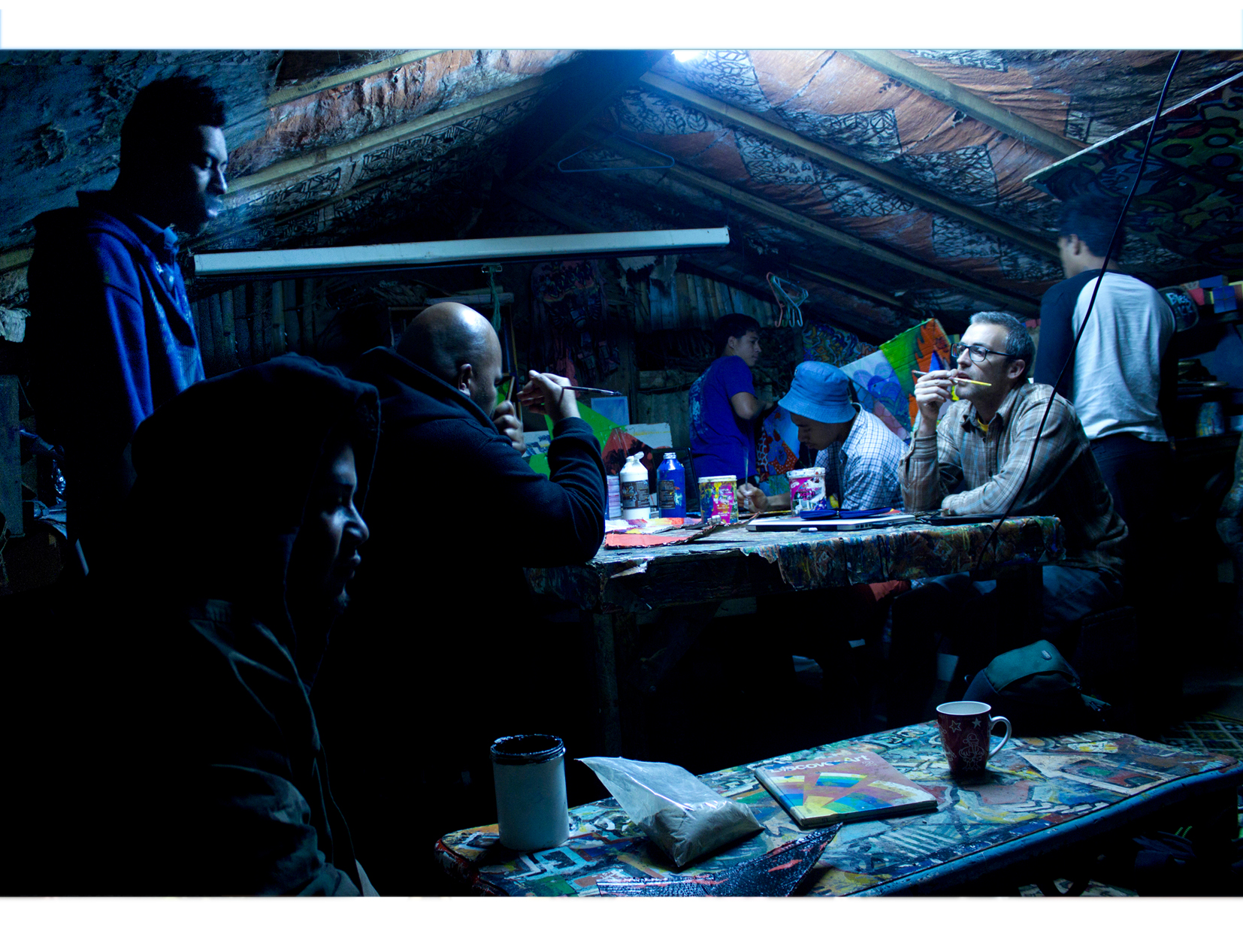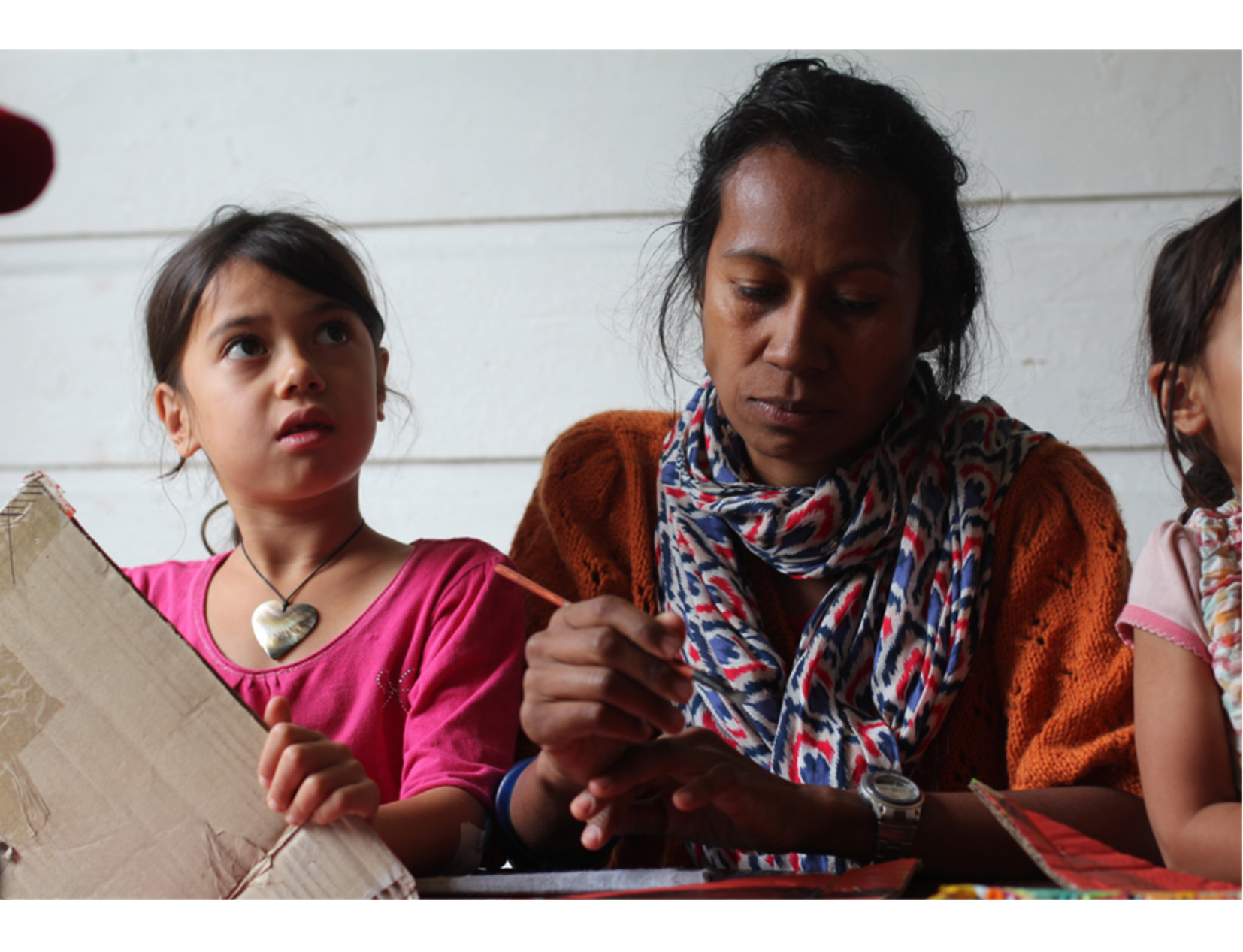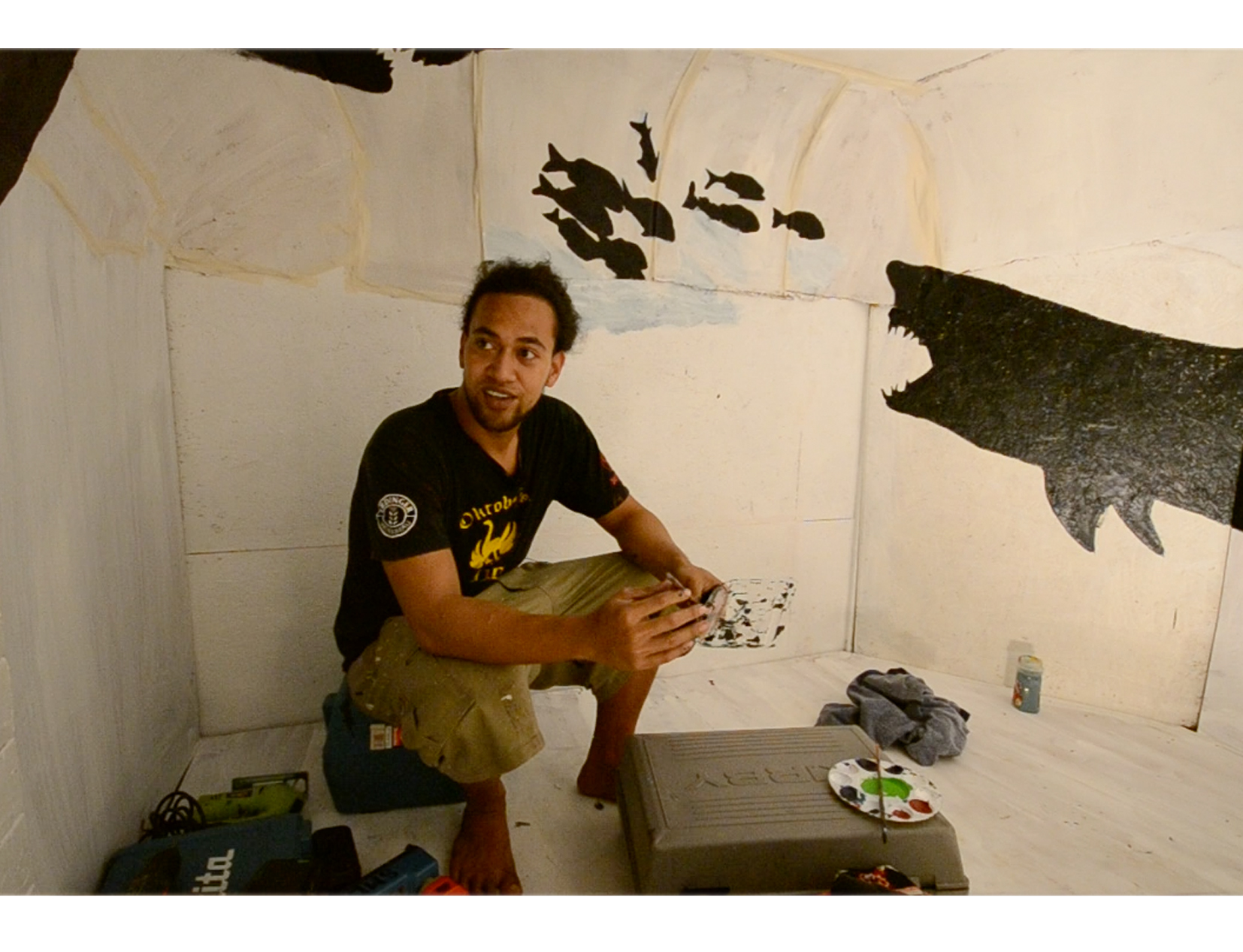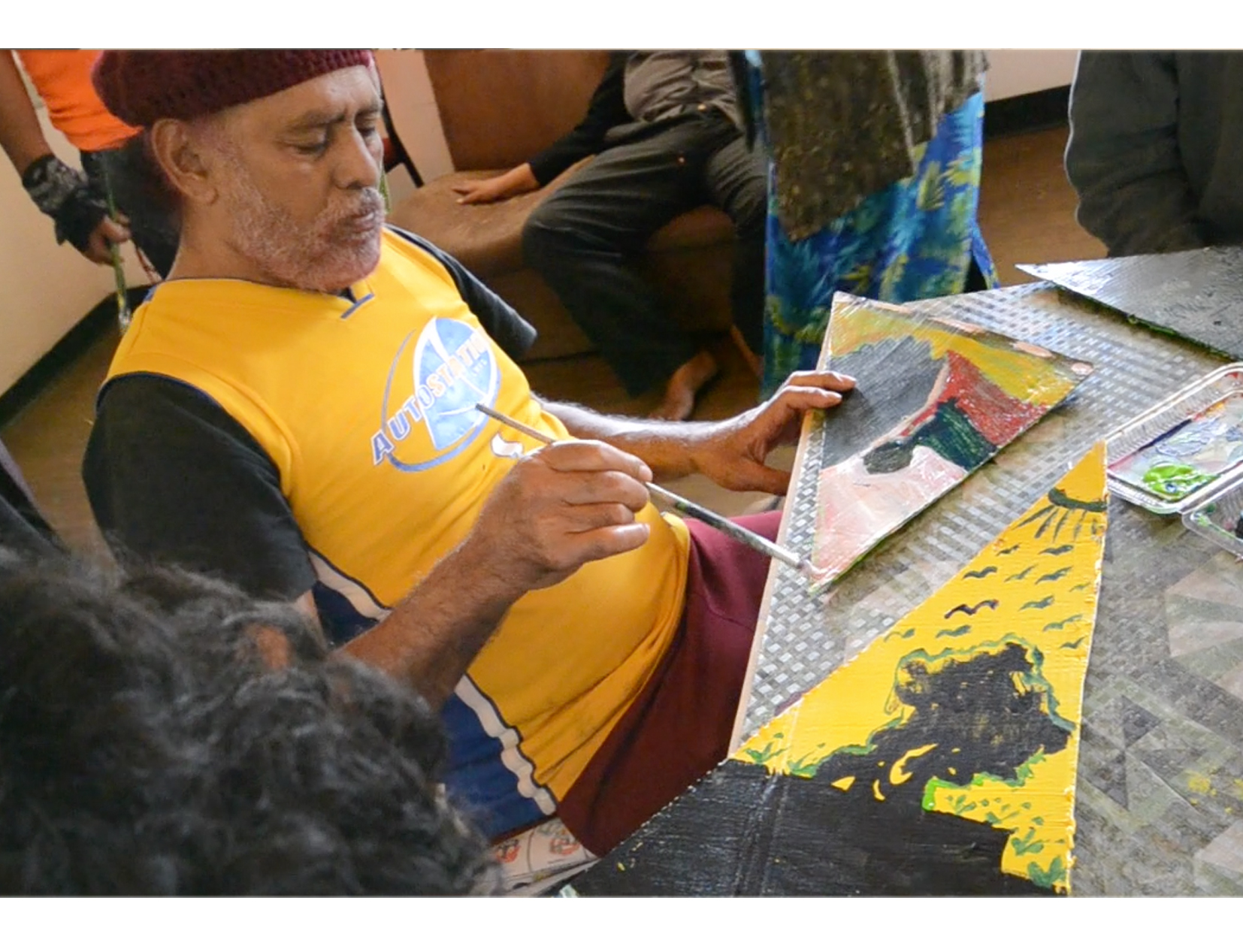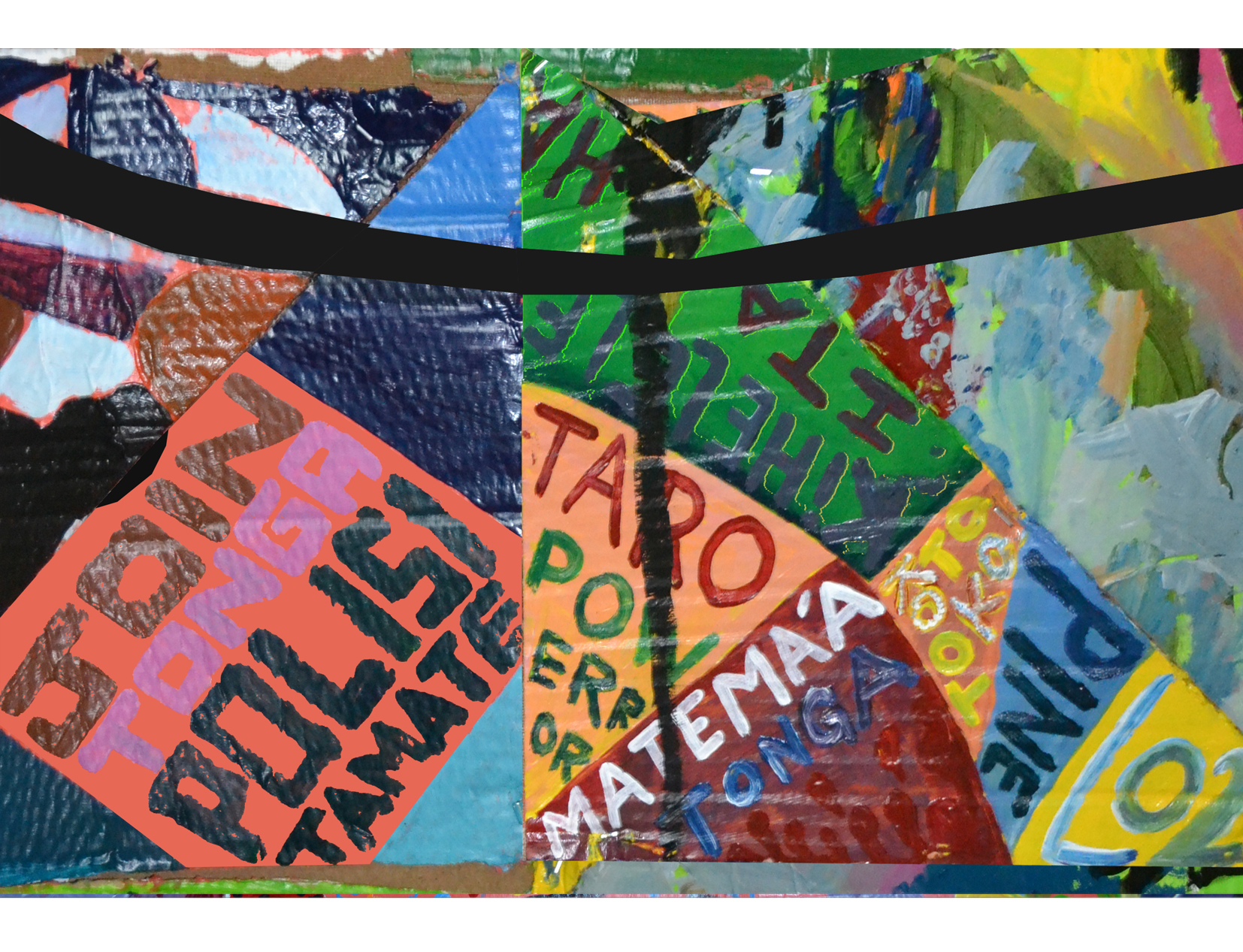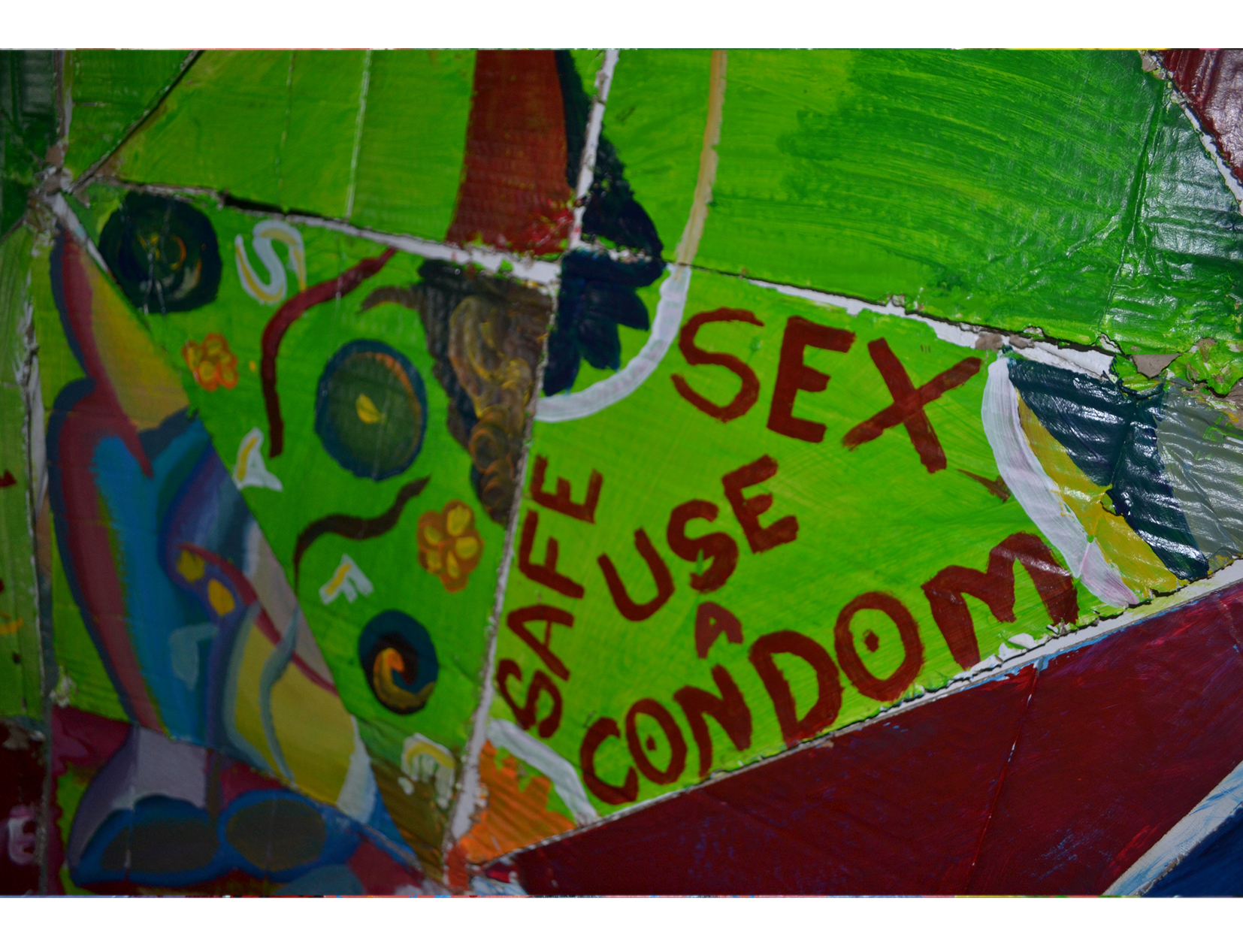VĀTAULUA - 2015
On
the Spot Arts Initiative, Nuku'alofa, Tonga
In
June 2015 I travelled to Tonga to research how a participatory model
of painting that I had developed could be transformed in Tonga and
whether it had any social and cultural relevance there. I was
fortunate to work with the amazing team at On the Spot Arts
Initiative and many other fantastic artists who participated.
Check out the fantastic work that these Tongan Arts Collectives are doing:
On the Spot Arts Initiative
Seleka International Art Society
Collaborators include: On the Spot Arts initiative, Seleka International Arts Society, Viola Hospital Psychiatric Ward, Ahopanilolo Technical Institute and Women and Children Crisis Centre.
Acknowledgements:
On the Spot Arts Initiative, Melbourne University, Apco, Alliance
Francaise
The
project related to my MFA research at the Victorian College of the
Arts at the University of Melbourne.
An article about the project was published in the journal Public Art Dialogue in 2022 - see the link in the articles section of this website.
See below my 2017 thesis abstract:
Aesthetic
Systems of Participatory Painting: Communicating in Third Space and
mental wellbeing in Tonga
Abstract:
This thesis builds upon Homi Bhabha’s concept of Third Space1 to
frame social connection and self-determination in a socially-engaged
collaborative painting practice. Developed in the Polynesian kingdom
of Tonga with On the Spot Arts Initiative (OTS) and involving diverse
groups including patients from the Vaiola Hospital Psychiatric Ward,
this research offers a new approach to collaborative painting and
provides a framework to support mental health and wellbeing. I have
theorised this methodology and titled it the Aesthetic System of
Participatory Painting (ASOPP). Integrating mental health and
contemporary art frameworks, this hybrid model promotes individual
autonomy and critical thinking by supporting both harmony and
difference, creating a generative space.
This
research argues that by expanding modernist, individualised aesthetic
systems to accommodate a social application, ASOPP projects provide
opportunities for local communities to critique social structures and
self-represent. This can assist in empowering participants and
destabilising pre-established cultural hierarchies that hold power
and often determine cultural standards. ASOPP has also informed the
accompanying documentary video used to account for the research,
providing an accessible research outcome and an opportunity to
self-represent for collaborative partners and participants.
1
Homi K Bhabha, The Location of Culture. (London: Routledge, 1994).
